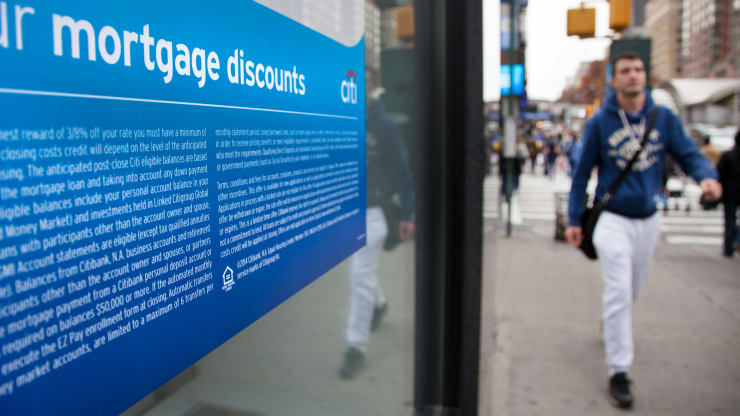
KEY POINTS
- The number of mortgages in active forbearance plans dropped by 147,000, or 4%, over just the past week, according to data from Black Knight.
- As of Tuesday, 3.8 million borrowers were still delaying their monthly payments, representing 7.1% of all active mortgages.
- Of these, three-quarters have had their terms extended from the initial three-month program
After holding flat for a couple of weeks, the number of borrowers in public and private Coronavirus-related mortgage bailout programs saw a much bigger improvement than expected.
Most still in getting aide, however, have extended their terms, suggesting they are still unable to get current on their home loans.
The number of mortgages in active forbearance plans dropped by 147,000, or 4%, over just the past week, according to Black Knight, a mortgage technology and data provider.
About a quarter of a million borrowers were seeing their three-month terms expire at the end of August, far fewer than expired at the end of June. Still, this is the biggest drop since that first expiration date. Active forbearances are now down by about 1 million, or 21%, since the peak in May.
The government program for borrowers with loans backed by Fannie Mae and Freddie Mac, or by FHA/VA, initially allows borrowers to delay monthly payments for three months. They can then extend that to six months and after that request up to a year of forbearance. These payments are not forgiven, but can be made up either when the home is sold or the loan refinanced. For those requesting long-term forbearances, mortgage modifications may apply.
So as of September, 3.8 million borrowers are still delaying their monthly payments, representing 7.1% of all active mortgages. Of these, three-quarters have had their terms extended from the initial three-month program. This suggests that their financial situations have not improved because they are still unable to make their monthly payments. A far larger number of borrowers, just over 2 million, are in forbearance plans scheduled to expire late this month.
Fewer borrowers are also requesting new forbearance plans. Forbearance starts through the first four weeks of August were down 13% compared with the same four-week period in July.
“September may provide the true test, though, as impacted borrowers were still receiving full expanded unemployment benefits up through July 31,” said Andy Walden, Black Knight economist and director of market research.
Over the last month, about 500,000 borrowers left coronavirus-related mortgage relief programs, while just over 500,000 had their plans extended.
By loan type, the biggest decline in forbearances was in loans held by banks or in private-label securities, as well as loans backed by Fannie Mae and Freddie Mac. Improvements were more modest on FHA and VA loans. Just over 5% of all Fannie/Freddie loans and 11.5% of all FHA/VA loans are in forbearance. Another 7.5% of loans in private label securities or banks’ portfolios are in forbearance.
Source: CNBC, Diana Olick (August 4, 2020)
